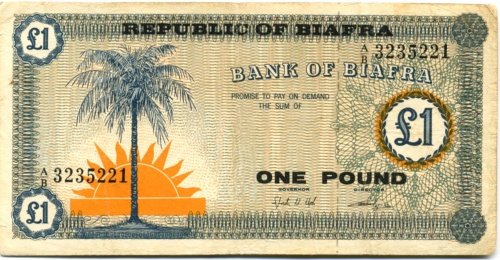I went to the BM to see the exhibition of art from the medieval west African kingdom of Ife (now in Nigeria). Ife is most famous for some extraordinarily high quality naturalistic heads cast in brass or copper, although the exhibitions also has various other pieces, including terracotta heads in the same style, jewellery, animal pieces and so on.

These heads are of such high quality that one of the first Europeans to see them felt they couldn’t possibly have been made by Africans: instead he hypothesised that they were evidence for the lost civilisation of Atlantis. Which is, umm, a bit cringeworthy. You know you’ve got a bit of a blind spot when you think that Atlantis is a more likely explanation than a previously unknown African kingdom with a strong metalworking tradition. Its especially embarrassing because while it sounds like something some Elizabethan explorer might have come up with, it was in fact… in 1900. Yikes.
He was at least right that these are genuinely remarkable objects, superbly crafted and of great beauty. In fact if you judge art by how much it looks like the thing it portrays — the Daily Mail school of art criticism — there is something extraordinary about this little flowering of naturalistic sculpture in a continent dominated by various kinds of highly stylised art. Certainly that was the Western press reaction when the bulk of the work was found; references to an African Donatello, to African sculpture standing comparison with the great works of Greece and Italy, and to these sculptures being a great mystery of African art. Because, of course, there is no higher ambition than to produce work which fits tidily into the European tradition, and it is inherently mysterious that Africans should be able to do it.

I’m being a bit glib, but actually the exhibition had me examining my own preconceptions about art (I haven’t reached any conclusions yet). Although these days we are all much quicker to see beauty in ‘primitive’ art, not least because its profound influence on Modernism helped change our expectations of what ‘fine art’ looks like, I think most of us have at least an implicit sense of a hierarchy which sees exquisite representational art as, if not better, then more developed or more sophisticated than the highly stylised carvings which we normally associate with Africa. And so these Ife heads seem to carry a significance beyond their beauty.
But the emergence of naturalism really require any special explanation? I guess it might need a society wealthy enough for some people to work as nearly full-time artists, but beyond that maybe all it needs is a shift in fashion. In fact, perhaps representational art is the kind that needs least explanation, since the logic of ‘making things that look like other things’ is so straightforward.
All such questions aside: it’s a marvellous exhibition and if you’re passing through London in the next three months you you should go and see it.
